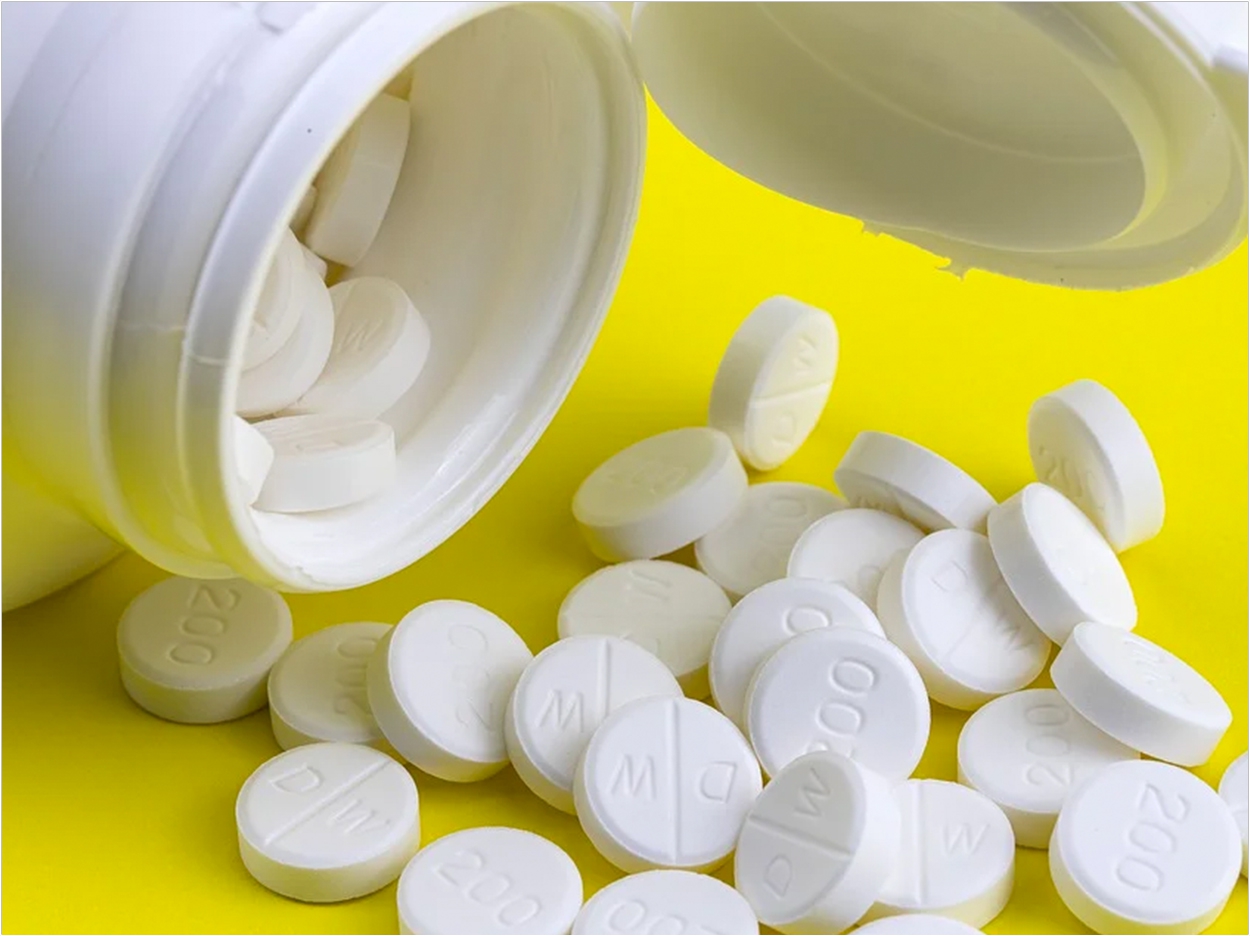
Overdose rates are two and a half times higher among patients who filled a prescription for an opioid medication after a dental procedure, compared with those who didn’t fill such a prescription, according to the University of Michigan. Overdose rates also were higher among the family members of such patients, possibly from misuse of leftover pills.
The study by the University of Michigan Medical School and School of Dentistry used data from 8.5 million dental procedures in teen and adult patients between 2011 and 2018 whose care was covered by Medicaid or private dental insurance. Nearly 27% of these patients filled a prescription for an opioid such as hydrocodone or oxycodone.
The researchers identified 2,700 overdoses that occurred in the 90 days after a tooth extraction or 119 other dental procedures. That works out to about three overdoses for every 10,000 dental procedures. The rate was 5.8 per 10,000 among those who filled an opioid prescription within three days of their procedure, compared with 2.2 per 10,000 among those who didn’t.
According to other data, the researchers said, dentists wrote 11.4 million prescriptions for opioids in 2016 alone. The new study’s findings suggest that 1,700 overdoses a year could be happening because of dental opioid prescriptions.
The study also used data from 3.5 million privately insured dental procedure patients to examine overdoses within 90 days in the patients’ family members. The rate of overdose was 1.7 per 10,000 procedures in family members of privately insured patients who filled opioid prescriptions compared with one per 10,000 procedures among those who didn’t.
In the study, 400 family members of patients were treated for opioid overdoses in the 90-day period after the dental patient’s procedure. In all, 42% of these overdoses were in the child of the patient who had a procedure, and another 25% were in a spouse. The rest were in parents and siblings.
“Our paper shows that when patients fill dental opioid prescriptions, the risk of opioid overdose increases both for themselves and their family members,” said Kao-Ping Chua, MD, PhD, assistant professor in general pediatrics at the Medical School, who led the analysis.
“This underscores the importance of avoiding dental opioid prescribing when non-opioids like ibuprofen and acetaminophen are effective options for pain control, as is the case for the majority of dental procedures,” said Chua, who also is a pediatrician at Michigan Medicine and a healthcare researcher at the Susan B. Meister Child Health Evaluation Research Center.
“Our finding of increased overdose risk in family members also shows the importance of emphasizing safe storage and disposal when prescribing opioids to dental patients,” said Chua, who is a member of the U-M Institute for Healthcare Policy and Innovation (IHPI) as well.
“To me, this is one of the most powerful truths we’ve unlocked in our big data research on dental opioid prescribing,” said senior author Romesh Nalliah, DDS, MHCM, clinical professor of cariology, restorative sciences, and endodontics as well as associate dean for patient services at the School of Dentistry.
“That when a dentist, like me, prescribes an opioid to a patient, I am putting their entire family at risk of overdose. Dentists should consider, if the family concerned was yours, would you take that risk?” said Nalliah, who also is a member of the IHPI and has led other research on dental opioid use.
The authors are part of the Michigan Opioid Prescribing Engagement Network (OPEN), which has developed guidelines for dentists and surgeons to reduce or eliminate the prescribing of opioids for many procedures and operations while still providing effective pain relief. Michigan OPEN recommends that dentists avoid prescribing opioids for most dental procedures because non-opioids are just as effective for pain.
The study also identifies specific groups of dental patients who are at a higher risk of opioid overdose after receiving opioid prescriptions. Those groups include patients with diagnosed mental health conditions and substance use disorders and those with Medicaid health coverage.
This knowledge could help dentists and oral surgeons choose the pain treatment for their patients more carefully and include a prescription for the overdose treatment naloxone if they prescribe opioids to someone with a higher risk of overdose, the researchers said.
The study, “Dental Opioid Prescriptions and Overdose Risk in Patients and Their Families,” was published by the American Journal of Preventive Medicine.
Related Articles
When Dentists Should Prescribe Opioids—And When They Shouldn’t
NYU Oral Cancer Center Translates Scientific Discoveries into Better Treatment
Low-Dose Naltrexone Examined for Orofacial Pain Treatment












